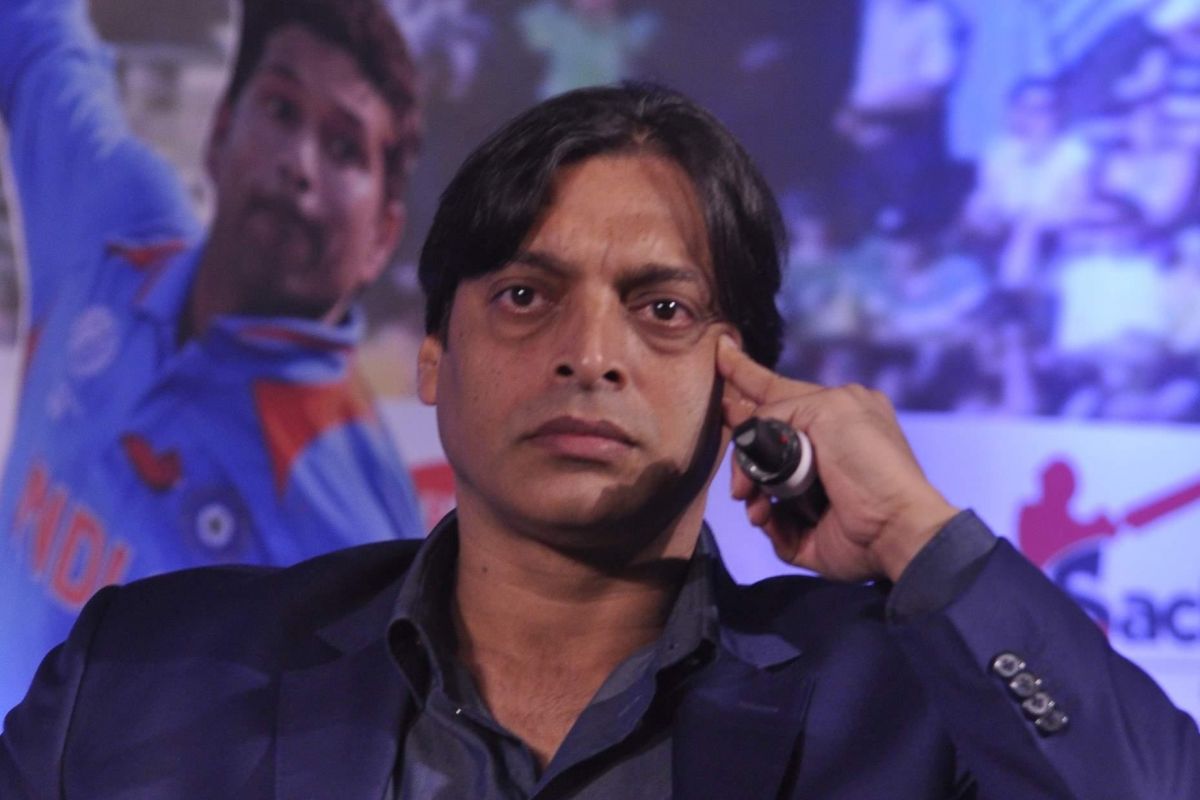One reason why much of what Shoaib Akhtar says is not really taken with any degree of seriousness even in Pakistan is that he never fails to set out as being deliberately provocative.
It quite obviously ensures his own YouTube platform’s popularity, which yields spin-offs, and the world rolls on as it must.
Advertisement
From declaring his desire for a tutorial role with India’s cricket squad to a putatively long-delayed revelation that he actually fought in the Kargil battle for his country is but a short hop for him, each of the avowals coming with an equal measure of machismo that seems to suggest that his audience is believed by him to be bewitched beyond belief.
But the flip side of it is that he risks being bypassed even when making sense or, better still, pointing out something that is wrong. Akhtar, the fastest bowler, according to an impressive assortment of pundits, in the game’s history has over the years harped on the world’s dwindling resources in terms of express bowling, stressing in a recent interaction with the British Broadcasting Corporation how rule-makers were taking the competitive gilt off the gingerbread of routinely organised contests by making the game mollycoddle batsmen at the expense of pacemen.
Some of the things Akhtar has highlighted – reduced numbers of bouncers, two balls from two ends ruling out reverse swing ~ are common complaints but our familiarity with them can scarcely be counted as an invalidating caveat.
And much more serious is Akhtar’s contention that new-ball bowlers, given the preponderance of limited-overs games in various guises, nowadays learn quite early to cut back on their pace so they can lengthen their careers playing in the ever-mushrooming Twenty20 tournaments ~ which call for a skill set completely different from the one required for Tests, the highest form of the game ~ for more money here, there and everywhere. It is not as if he is the first one to have happened upon a hidden truth in saying this.
But his argument reinforces the impression already established that Tests are being undermined by developments within the game we have a worldwide governing institution presiding over without trying to strike a balance between commerce, its priority, and cricket’s fundamentals.
If they require a fast bowler to pull out all the stops and limited-overs matches reward attempts at economy more than a bowler’s destructive potential, and a new entrant decides to take it easy so he can be self-servingly active as long as it suits him, it is the game which suffers the most.
It ceases to be what it was popular for, pitting the pugnacious batsman at the top of the order against the explosive quick and letting spectators revel in the confrontation. Cricket can survive without a lot of its contemporary trappings and takings but not top-quality fast bowling. Akhtar’s is a goodish bouncer.









